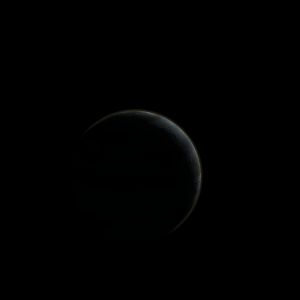|
|
Space Astro
|
Info for exoplanet "Baryo"
| Scientific (actual) data |
|---|
| Planet | HD 101930 b |
| Planet status | Confirmed |
| Mass sini | 0.3 |
| Orbital period | 70.46 |
| Semi major axis | 0.302 |
| Orbit eccentricity | 0.11 |
| Angular distance | 0.009905 |
| Discovered | 2005 |
| Updated | 2014-08-30 |
| Omega | 251 |
| Tperi | 2453140 |
| Publication | Published in a refereed paper |
| Detection type | Radial Velocity |
| Star name | HD 101930 |
| Right ascension | 175.88° |
| Declination | -58.01° |
| Mag v | 8.21 |
| Star distance | 30.49 |
| Star metallicity | 0.17 |
| Star mass | 0.74 |
| Star sp type | K1 V |
| Star age | 5.39 |
| Star temperature | 5079 |
| Wikipedia article | HD 101930 b |
Back
| |
| Fictional info (?) |
|---|
| Suggested name | Baryo |
| Planet type | Cold planet |
| Its orbital period around HD 101930 of 70 earth days is the shortest of all the planets in its solar system.
It is a cold planet planet with a mass one-thousandth that of HD 101930, but two-and-a-half times that of all the other planets in its solar system combined. This planet is named after the deity Baryo, the goddess of destruction.
Baryo is by far the hottest planet in its solar system, with a mean surface temperature of 413°K (140°C).
The volume of water ice in the south polar ice cap, if melted, would be sufficient to cover the entire planetary surface to a depth of 10 meters. |
| Atmosphere | Xenon | 36% |
| Hydrogen | 36% |
| Ammonium hydrosulfide (NH4SH) | 19% |
| Carbonyl sulfide | 7% |
| Nitric oxide | 2% |
| Atmospheric pressure | 60 bar |
 |
| No known satellites |
| Google search for Baryo |
|
Website by Joachim Michaelis
|
|
|
|